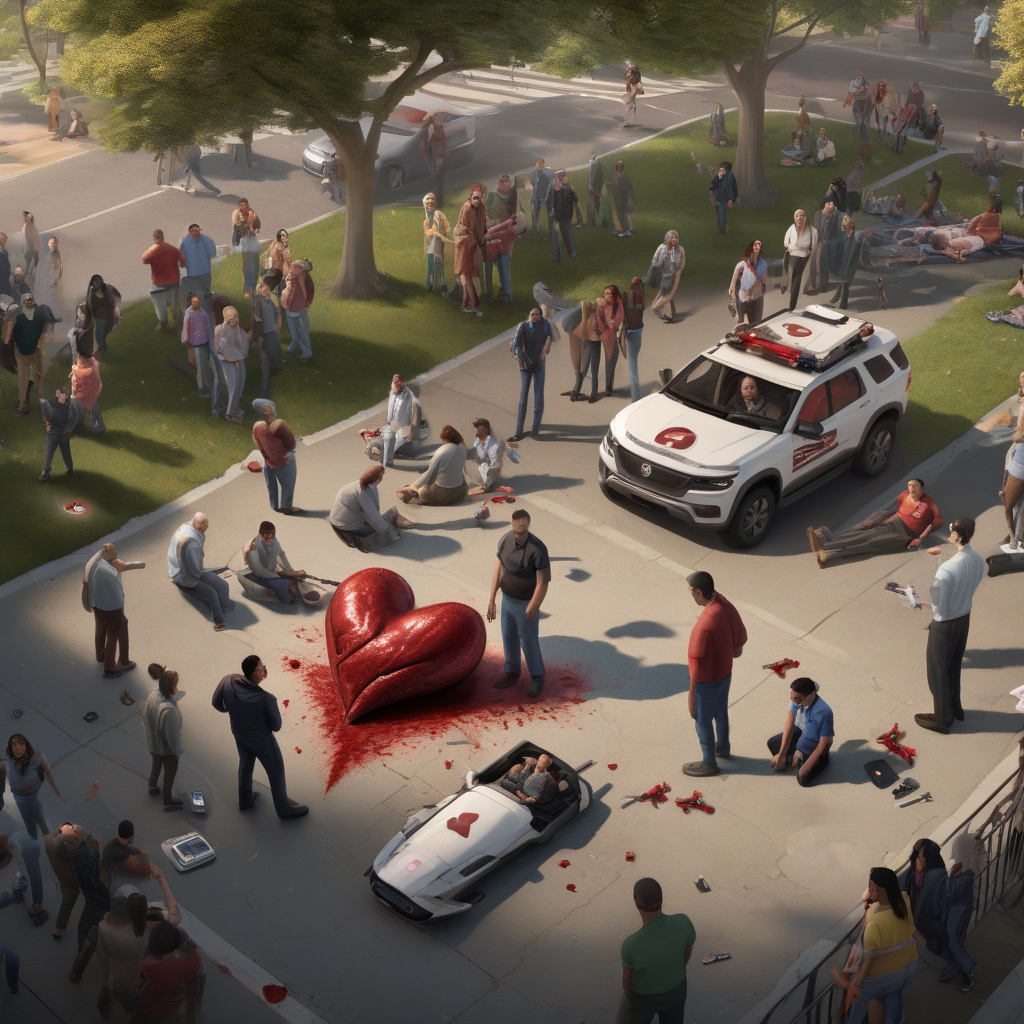Racing the heartbeat: Drones Tested to Drop Defibrillators in Cardiac Emergencies
Drones could soon become the fastest first responders in the UK. Researchers at the University of Edinburgh are exploring the potential use of drones to deliver life-saving defibrillators to individuals experiencing cardiac emergencies. This innovative approach aims to reduce response times and increase survival rates in critical situations where every second counts.
In the fast-paced world of emergency response, efficiency is key. Traditional emergency services often face challenges such as traffic congestion and limited access to remote areas, which can delay the arrival of medical assistance. By leveraging the speed and agility of drones, researchers hope to overcome these obstacles and provide rapid aid to those in need.
The concept is simple yet groundbreaking. Equipped with a defibrillator, a drone can swiftly navigate through urban landscapes or rural environments to reach the location of a cardiac emergency. Once on-site, the drone can drop the device within seconds, allowing bystanders or trained professionals to administer critical care before traditional emergency services arrive.
The potential impact of using drones in this way is significant. Studies have shown that for every minute that passes without defibrillation, the chances of survival for a cardiac arrest victim decrease by 7-10%. By reducing response times from minutes to mere moments, drones have the potential to significantly improve outcomes for individuals in cardiac distress.
Moreover, the use of drones for medical emergencies is not limited to delivering defibrillators. In the future, these unmanned aerial vehicles could be equipped with a wide range of medical supplies, such as medications, EpiPens, or even blood products for emergency transfusions. This versatility opens up a world of possibilities for enhancing emergency medical care and saving lives in diverse scenarios.
While the concept of using drones for medical deliveries is promising, there are challenges that need to be addressed. Safety, privacy, and regulatory concerns must be carefully considered to ensure that drone operations do not pose risks to the public or infringe upon individual rights. Additionally, weather conditions, airspace regulations, and technical limitations are factors that need to be taken into account when implementing drone-based emergency response systems.
Despite these challenges, the potential benefits of using drones in medical emergencies are undeniable. In a world where advancements in technology are revolutionizing every aspect of our lives, harnessing the power of drones for emergency medical care represents a significant step forward in improving public health and safety.
As researchers at the University of Edinburgh continue to explore the capabilities of drones in delivering defibrillators, the future of emergency response in the UK looks increasingly promising. By embracing innovation and pushing the boundaries of what is possible, we have the opportunity to transform the way we approach medical emergencies and save lives in the process.
In the race against time, drones may just be the secret weapon we need to outpace cardiac emergencies and keep our communities safe.
drones, defibrillators, emergency response, medical innovations, public safety












